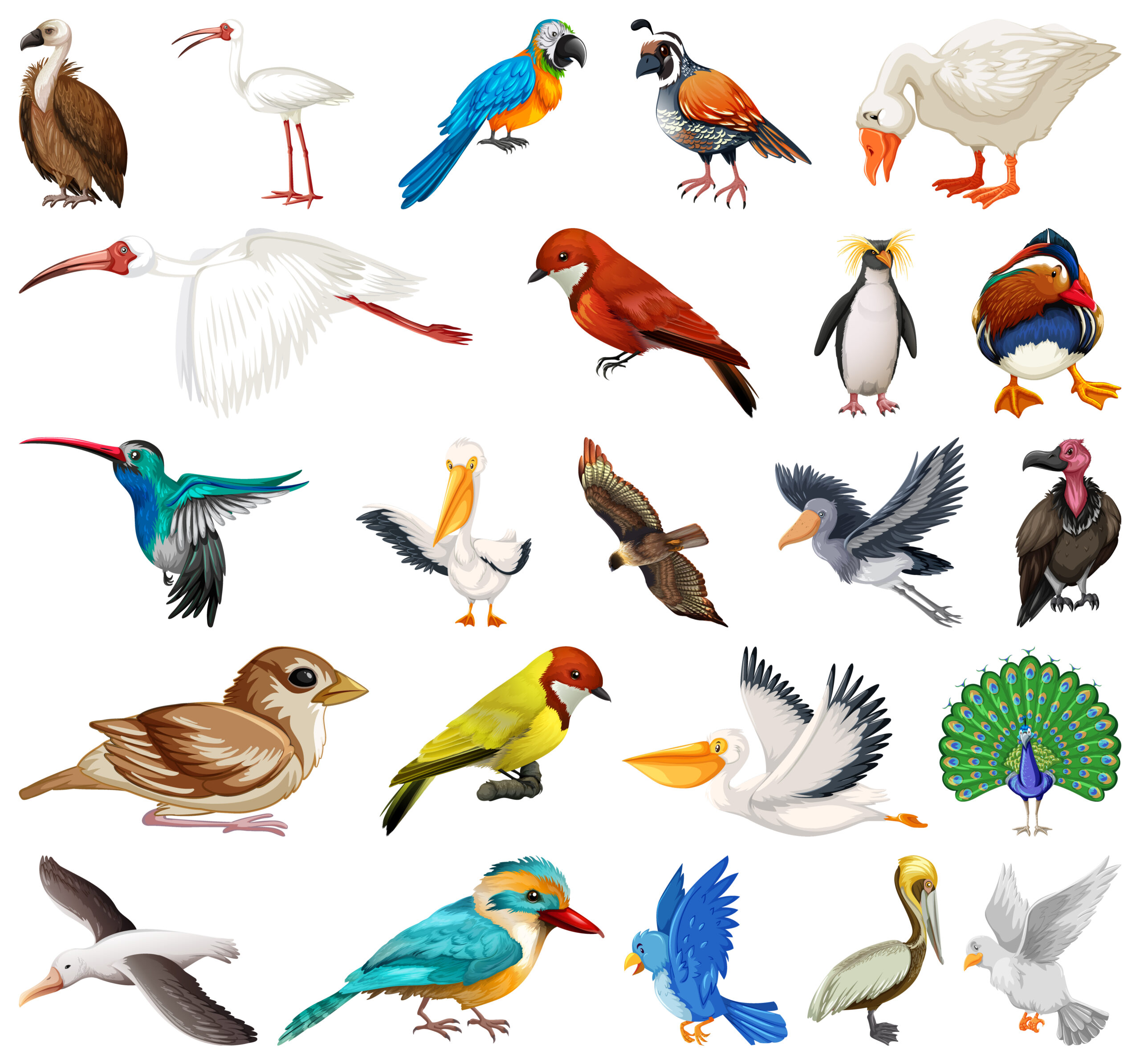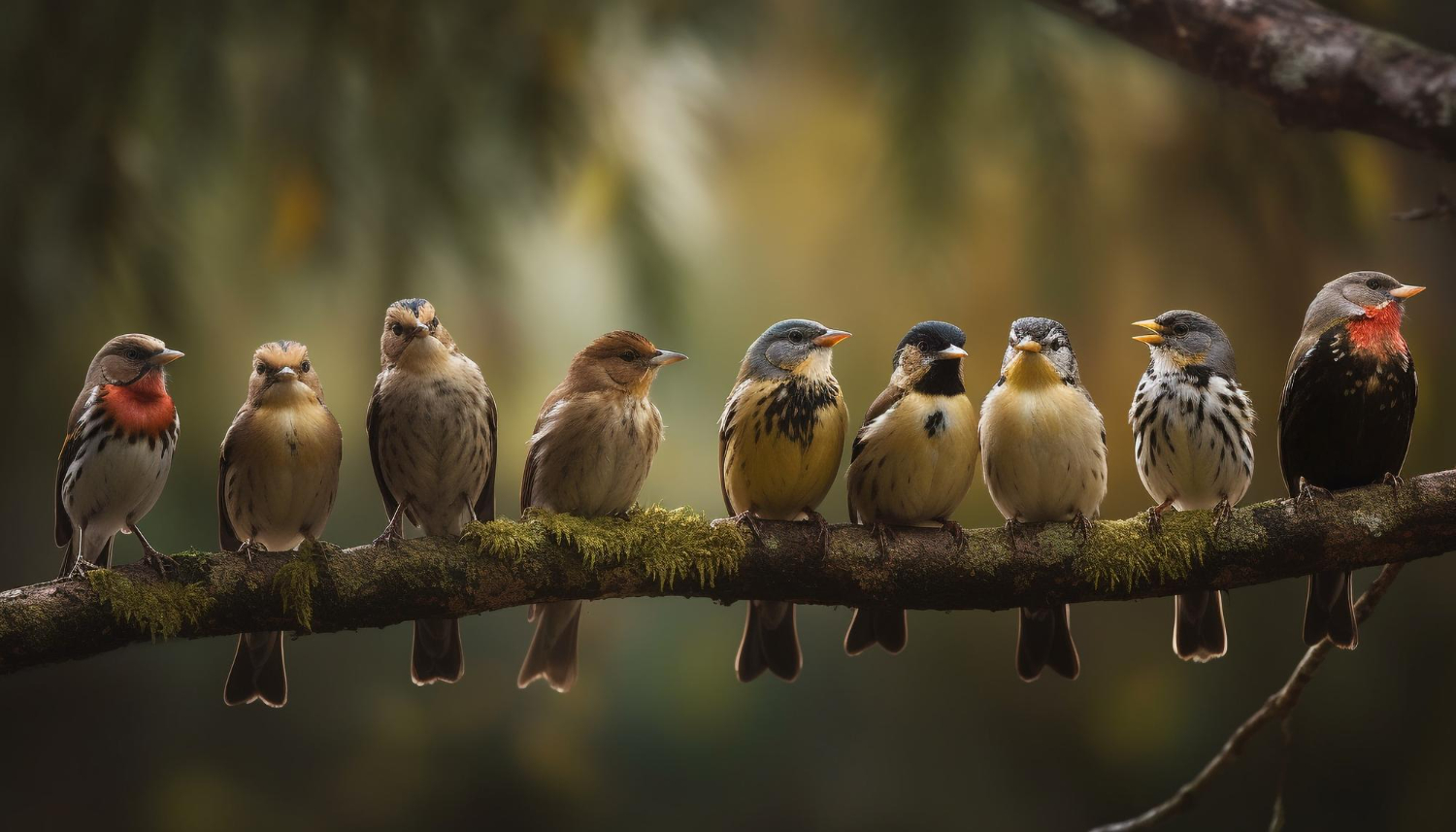Flamingo birds are often seen as symbols of beauty, elegance, and vibrant life, but in 2025, these stunning creatures have also become powerful symbols of climate change. With their striking pink feathers and graceful posture, flamingos have captured the hearts of people around the world. However, the issues they face today are a stark reminder of the environmental challenges we are grappling with in this rapidly changing world. In this blog, we will explore how flamingo birds are not just picturesque creatures but also vital indicators of the health of our planet, especially as we witness the growing impact of climate change.
Flamingo Birds: A Glimpse of Their Beauty
Before diving into their role as environmental indicators, let’s take a moment to appreciate the natural beauty of flamingo birds. With their long necks, slender legs, and distinctive pink feathers, they are one of the most recognizable birds in the world. Their elegant appearance has made them favorites in wildlife photography and nature documentaries. Flamingo birds are typically found in shallow coastal waters, mudflats, and lagoons, where they feed on algae, brine flies, and other small organisms. Their striking pink color comes from the food they consume, which contains pigments that are broken down in their bodies and deposited in their feathers.
Despite their beauty, flamingo birds are more than just eye-catching creatures. They play a crucial role in the ecosystems they inhabit, influencing the food web and contributing to the overall health of their environments. However, with the ongoing effects of climate change, these birds are facing significant challenges that threaten their survival.
The Growing Threat of Climate Change to Flamingo Birds
In recent years, flamingo birds have become increasingly vulnerable to the effects of climate change. Rising temperatures, changing weather patterns, and the loss of their natural habitats are all contributing factors that threaten their survival. As global temperatures continue to rise, many of the shallow coastal areas where flamingo birds thrive are being altered, leading to a decline in their food sources and nesting sites.
For example, in some regions, rising sea levels are causing saltwater to encroach on freshwater habitats, making them less suitable for flamingos. This not only reduces the availability of food but also affects their ability to nest in these areas. Flamingos rely on shallow waters for feeding, and when these areas become deeper or more saline due to climate change, it becomes increasingly difficult for the birds to survive.
In addition, flamingo birds are highly sensitive to temperature changes. Extreme heat waves can cause heat stress, which affects their ability to breed and feed. During nesting periods, flamingo birds are especially vulnerable, as they require specific environmental conditions to lay and incubate their eggs. When these conditions are disrupted by rising temperatures, it can lead to reduced hatching success and a decline in the overall population of flamingos.
Flamingo Birds as Climate Change Indicators
Flamingo birds are not just suffering from climate change; they are also serving as key indicators of the broader environmental changes happening around the globe. As these birds rely on specific conditions to thrive, any changes to their habitat can signal larger issues within the ecosystem. In this way, flamingo birds are often seen as early warning signs of environmental degradation.
Scientists have long used flamingos as a way to monitor the health of ecosystems. Because they are migratory birds, flamingos are exposed to a variety of environmental conditions in different parts of the world. This allows researchers to track how climate change is affecting different regions and how these changes are impacting biodiversity. For example, if flamingo populations begin to decline in a particular region, it can indicate that the local ecosystem is becoming uninhabitable for many species, not just flamingos.
In 2025, flamingo birds are at the forefront of climate change research. Their decline or movement to new areas often reflects the changes happening in the natural world. When flamingo populations shift to new regions, it can suggest that their traditional habitats are no longer viable. Similarly, a sudden drop in flamingo numbers may indicate that environmental conditions are deteriorating to the point where survival is becoming increasingly difficult for these beautiful birds.
Protecting Flamingo Birds and Their Habitats
Given the increasing threats to flamingo birds, it is crucial that we take action to protect them and their habitats. Conservation efforts are more important than ever, and many organizations are working tirelessly to ensure that these birds can continue to thrive in the face of climate change. One of the most effective ways to protect flamingo birds is by preserving their natural habitats.
Conservation efforts focus on creating protected areas for flamingos to nest and feed. By establishing reserves in areas that are home to large flamingo populations, we can ensure that these birds have a safe environment where they can thrive. Additionally, restoring damaged wetlands and other critical habitats can help create more suitable spaces for flamingos and other species affected by climate change.
Another key part of protecting flamingo birds is reducing the impacts of climate change itself. While individual conservation efforts are important, tackling the root causes of climate change is essential for the long-term survival of flamingos and other wildlife. Reducing greenhouse gas emissions, promoting renewable energy sources, and supporting sustainable practices are all critical steps in addressing the broader environmental issues that affect flamingo birds.
Flamingo Birds and Public Awareness
Raising awareness about the challenges facing flamingo birds can also play a significant role in conservation efforts. By educating the public about the plight of these birds and the impact of climate change on their populations, we can inspire people to take action. This can range from supporting conservation organizations to reducing their own carbon footprints. When people understand the connection between flamingos and climate change, they are more likely to become involved in efforts to protect these magnificent creatures.
In 2025, flamingo birds have become symbols not only of beauty but also of the urgency of addressing climate change. Their struggles serve as a reminder of the larger environmental issues that need our attention. By protecting flamingos and their habitats, we are also taking steps to protect the broader ecosystems that sustain all life on Earth.
The Role of Flamingo Birds in the Future of Climate Action
As we move further into the 21st century, flamingo birds will continue to play a vital role in the conversation about climate change. Their striking appearance and graceful movements have already captured the hearts of millions, but their significance extends far beyond aesthetics. Flamingo birds are telling us a story about the changing world around us, and it is a story that we must listen to if we hope to create a sustainable future.
In the coming years, it is likely that flamingo birds will become even more emblematic of the effects of climate change. Their migration patterns, breeding success, and overall populations will provide valuable data for scientists studying the impact of global warming on wildlife. As we work toward a future where the effects of climate change are mitigated, flamingos will remain a crucial part of the conversation, reminding us of the importance of preserving our planet for future generations.
Conclusion
Flamingo birds, with their vibrant pink feathers and graceful presence, have become much more than just symbols of beauty. In 2025, they stand as powerful symbols of the impact of climate change, highlighting the fragility of the ecosystems they inhabit. From the rising temperatures that threaten their breeding grounds to the loss of vital feeding areas due to habitat changes, flamingo birds are facing challenges that reflect the broader environmental issues at play. As these birds continue to serve as indicators of climate change, it is crucial that we take steps to protect them and the ecosystems they depend on. In doing so, we not only ensure the survival of flamingos but also help to preserve the health of our planet for future generations.



